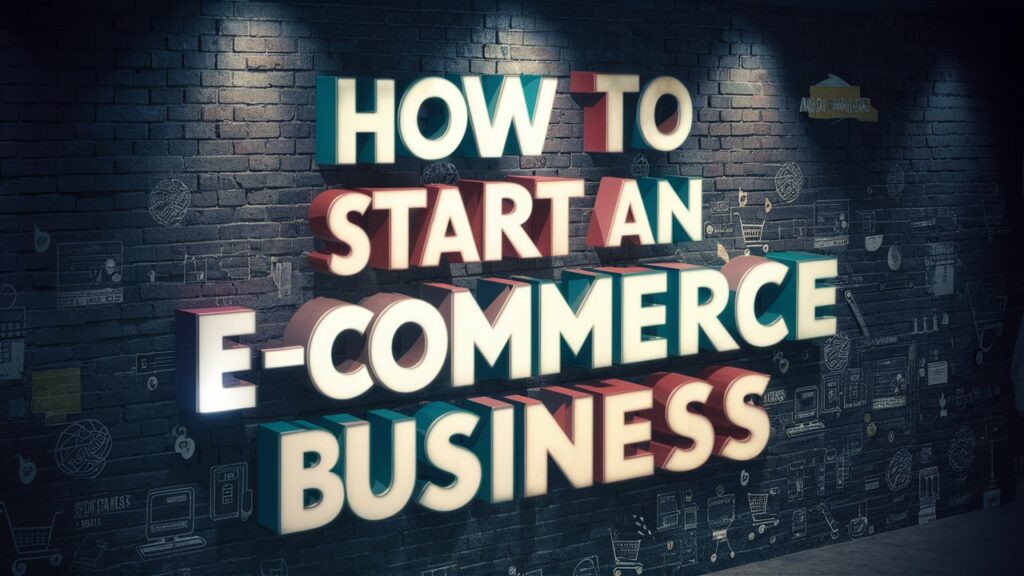Introduction to Powder Coating
Powder coating is a revolutionary painting process that’s taking the manufacturing world by storm. Unlike traditional wet painting methods, powder coating involves applying a dry powder to a surface and curing it under heat. This results in a tough, durable, and attractive finish. For entrepreneurs and DIY enthusiasts, starting a powder coating business presents an exciting opportunity to combine creativity with commerce.
This guide will walk you through the essentials of launching your own powder coating venture, from understanding the market landscape to mastering the technical and operational details. Whether you’re a small business owner looking to expand or a manufacturing innovator ready to pioneer new services, this guide is your starting point.
By the end, you’ll have a clear roadmap for setting up your business, navigating challenges, and seizing opportunities in this growing industry. Ready to coat the world in color? Let’s get started.
Market Analysis
The powder coating market is on a growth trajectory, with increasing demand across a variety of industries. In recent years, the shift towards sustainable and eco-friendly alternatives has propelled powder coating to the forefront, as it eliminates volatile organic compounds (VOCs) commonly associated with liquid paints.
Key industries, such as automotive, aerospace, and consumer goods, are integrating powder coating into their production lines due to its durability and cost-efficiency. For aspiring business owners, this means a ripe landscape for entry and expansion, with ample room to offer niche services and innovative solutions.
Staying abreast of industry trends will be crucial for success. Keep an eye on technological advancements, regulatory changes, and consumer preferences to position your business strategically. By doing so, you can identify potential growth areas and tailor your offerings to meet evolving market demands.
Steps to Starting a Powder Coating Business
Research and Planning
Every successful business starts with thorough research and planning. Begin by identifying your target market, whether it’s industrial clients in need of large-scale services or individual consumers seeking custom jobs. Understanding your competition and the regulatory environment is equally vital.
Dive into market reports, analyze competitor offerings, and get familiar with local environmental and safety regulations. This groundwork will inform your business plan, helping you craft a strategy that sets you apart from the competition and aligns with your long-term goals.
Planning also involves setting clear objectives and milestones. Whether it’s acquiring specific equipment or reaching profit targets within a certain timeframe, having a roadmap will keep you focused and motivated.
Business Model Selection
Choosing the right business model is a pivotal decision that will shape your operations and marketing strategies. Consider whether you’ll cater to B2B clients, offering bulk services to manufacturers, or focus on B2C markets, providing customized coatings for individuals.
Specialization is another avenue to explore. You might opt to specialize in particular industries, such as automotive parts or outdoor furniture, or specific materials like metals or plastics. Specialization can streamline operations and allow you to develop expertise and recognition in your chosen niche.
Balance flexibility and focus when selecting your model. While specialization offers depth, having a diverse client base can safeguard against market fluctuations and ensure steady revenue streams.
Setting Up Your Space
Finding the right location is critical for your powder coating business. Look for spaces that offer ample room for equipment and workflows, with considerations for ventilation and safety. Industrial areas or business parks often provide the necessary infrastructure and zoning.
Invest in high-quality equipment, such as spray booths, curing ovens, and powder guns, all designed for efficiency and precision. Ensure your setup complies with safety standards and environmental regulations to protect workers and avoid legal issues.
Creating a clean, organized work environment will also enhance productivity and quality control. Designate areas for each phase of the process, and implement systems for inventory management, waste disposal, and employee safety training.
Marketing and Promotion
Once your business is ready to roll, effective marketing will help you reach your target audience. Develop a strong online presence through a professional website, social media channels, and search engine optimization strategies.
Networking remains a powerful tool in the B2B space. Attend industry conferences, join trade associations, and engage with local business communities to build relationships and gain referrals. Consider offering samples or demonstrations to showcase your capabilities and attract potential clients.
Leverage customer testimonials and case studies to build trust and credibility. Happy clients can become your best promoters, so encourage satisfied customers to leave reviews and share their experiences.
ALSO READ:
Financial Planning and Management
Estimating Startup Costs
Understanding the financial requirements upfront is essential. Startup costs for a powder coating business will include equipment purchases, lease deposits, and initial inventory. Factor in expenses for safety gear, marketing efforts, and licensing fees.
Estimate your capital requirements and explore funding options, such as small business loans, investors, or grants. Create a detailed budget to allocate resources efficiently, and prepare for unexpected expenses by building a contingency fund.
Financial planning also involves setting revenue targets and pricing strategies. Consider competitive pricing, value-added services, and bulk discounts to attract clients while maintaining profitability.
Creating a Business Plan
A well-crafted business plan is your roadmap to success. It should outline your business model, market analysis, financial projections, and operational strategies. Include a break-even analysis to determine when your business will become profitable.
Detail your marketing plan and sales tactics, and set measurable goals to track progress. A comprehensive business plan not only guides your efforts but also serves as a valuable tool when seeking funding or partnerships.
Regularly review and update your business plan as your company grows and market conditions change. Flexibility and adaptability are key to sustaining momentum and achieving long-term success.
Operational Considerations
Hiring and Training Staff
Your team is the backbone of your operation, so hiring skilled, reliable employees is crucial. Look for candidates with experience in powder coating or related fields, and provide thorough training to ensure consistency and quality.
Develop a training program that covers equipment operation, safety protocols, and customer service. Encourage ongoing education and skill development to keep your team engaged and motivated.
Foster a positive workplace culture that values teamwork, innovation, and accountability. Employee satisfaction often translates to higher productivity and better customer experiences.
Implementing Quality Control Measures
Quality control is paramount in maintaining customer satisfaction and reputation. Establish rigorous standards and procedures for each stage of the powder coating process.
Implement regular inspections and testing to ensure coatings meet durability, adhesion, and appearance criteria. Use quality control tools such as thickness gauges and gloss meters to verify results.
Encourage feedback from clients and employees to identify areas for improvement. Continuous improvement processes will enhance your offerings and drive customer loyalty.
Case Studies and Success Stories
Learning from others who have successfully navigated the powder coating business can provide valuable insights. Explore case studies of entrepreneurs who took innovative approaches, overcame challenges, and achieved growth.
Consider the story of Jane, who started a powder coating business from her garage and grew it into a thriving enterprise serving the automotive industry. By focusing on quality and customer service, she built a strong client base and expanded her operations.
These examples highlight the importance of passion, persistence, and adaptability. Draw inspiration from their journeys, and apply their lessons to your own path.
Conclusion
Starting a powder coating business is both a challenging and rewarding endeavor. By understanding the market, selecting the right business model, and investing in quality operations, you’re setting the stage for success. With careful planning, a commitment to quality, and a proactive approach to marketing, you can carve out a niche in this dynamic industry.
Keep exploring, learning, and innovating to stay ahead of the curve. If you’re ready to take the next step, seek advice, ask questions, and engage with fellow entrepreneurs who share your passion.


